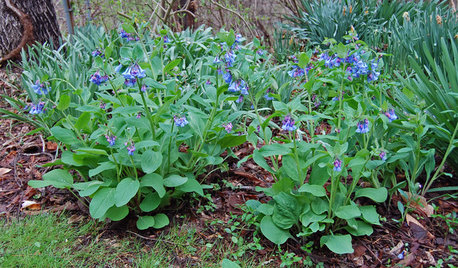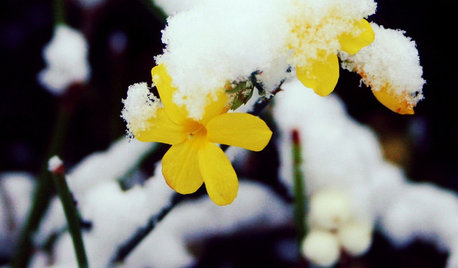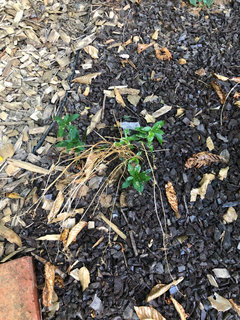Phlox dying?
bellsrus
13 years ago
Featured Answer
Sort by:Oldest
Comments (24)
coolplantsguy
13 years agobellsrus
13 years agoRelated Professionals
Carson Landscape Architects & Landscape Designers · Seabrook Landscape Architects & Landscape Designers · Milford Landscape Contractors · Andover Landscape Contractors · Brookline Landscape Contractors · Desert Hot Springs Landscape Contractors · Dudley Landscape Contractors · Gaithersburg Landscape Contractors · Huntington Landscape Contractors · La Vista Landscape Contractors · Round Lake Landscape Contractors · Siloam Springs Landscape Contractors · Wells Landscape Contractors · Markham Landscape Contractors · Silver Firs Landscape Contractorscoolplantsguy
13 years agogardenfanatic2003
13 years agoTulsaRose
13 years agobettyfb
13 years agocoolplantsguy
13 years agokatob Z6ish, NE Pa
13 years agobellsrus
13 years agohurrijane
13 years agoctopher_mi
13 years agoStatuelady
9 years agogailwrite
9 years agodesignsbychristy070
7 years agomayflowers
7 years agolast modified: 7 years agoMarie Tulin
7 years agosunnyborders
7 years agomayflowers
7 years agolast modified: 7 years agoUser
7 years ago29132911henderson
6 years agoalexavd
5 years agoAlex C
3 years agoAlex C
3 years ago
Related Stories

SOUTHEAST GARDENINGSoutheast Gardener's April Checklist
Stock up on herbs, keep clippers away from the daffodils and watch for signs of a major impatiens threat
Full Story
GARDENING GUIDESGreat Design Plant: Mertensia Virginica
Virginia bluebells provides relief from winter with a big display of color
Full Story
YELLOW FLOWERSGreat Design Plant: Winter Jasmine Gladdens Snowy Gardens
Sunny yellow flowers defy the frost, bringing cheer to the garden on gray days
Full Story
GARDENING GUIDESTop 10 Native Plants for the Northeast
For a low-maintenance, wildlife-friendly landscape, use native plants adapted to the climate and range of soils in the Northeast
Full Story
GARDENING GUIDESHouzz Call: What’s Your Favorite Backyard Beauty?
The simple, honest daisy is this writer’s go-to garden flower. We want to hear which plant, flowering or otherwise, gives you special joy
Full Story
INSPIRING GARDENSNative Plants Bring 10 Southern California Front-Yard Gardens to Life
Rare plants, rain gardens and wildlife habitats are just a few of the features showcased on the 2016 Theodore Payne Native Plant Garden Tour
Full Story
TREES11 Japanese Maples for Breathtaking Color and Form
With such a wide range to choose from, there’s a beautiful Japanese maple to suit almost any setting
Full Story
GARDENING GUIDES8 New Ways to Garden This Year
A successful garden means knowing the plants, the wildlife and yourself
Full Story
LANDSCAPE DESIGNGet Along With Less Lawn — Ideas to Save Water and Effort
Ditch the mower and lower your water bill while creating a feast for the eyes with diverse plantings and gathering places
Full Story
MONTHLY HOME CHECKLISTSYour Fall Home Maintenance Checklist
Prep your house and yard for cold weather with this list of things to do in an hour or over a weekend
Full Story








gardenfanatic2003